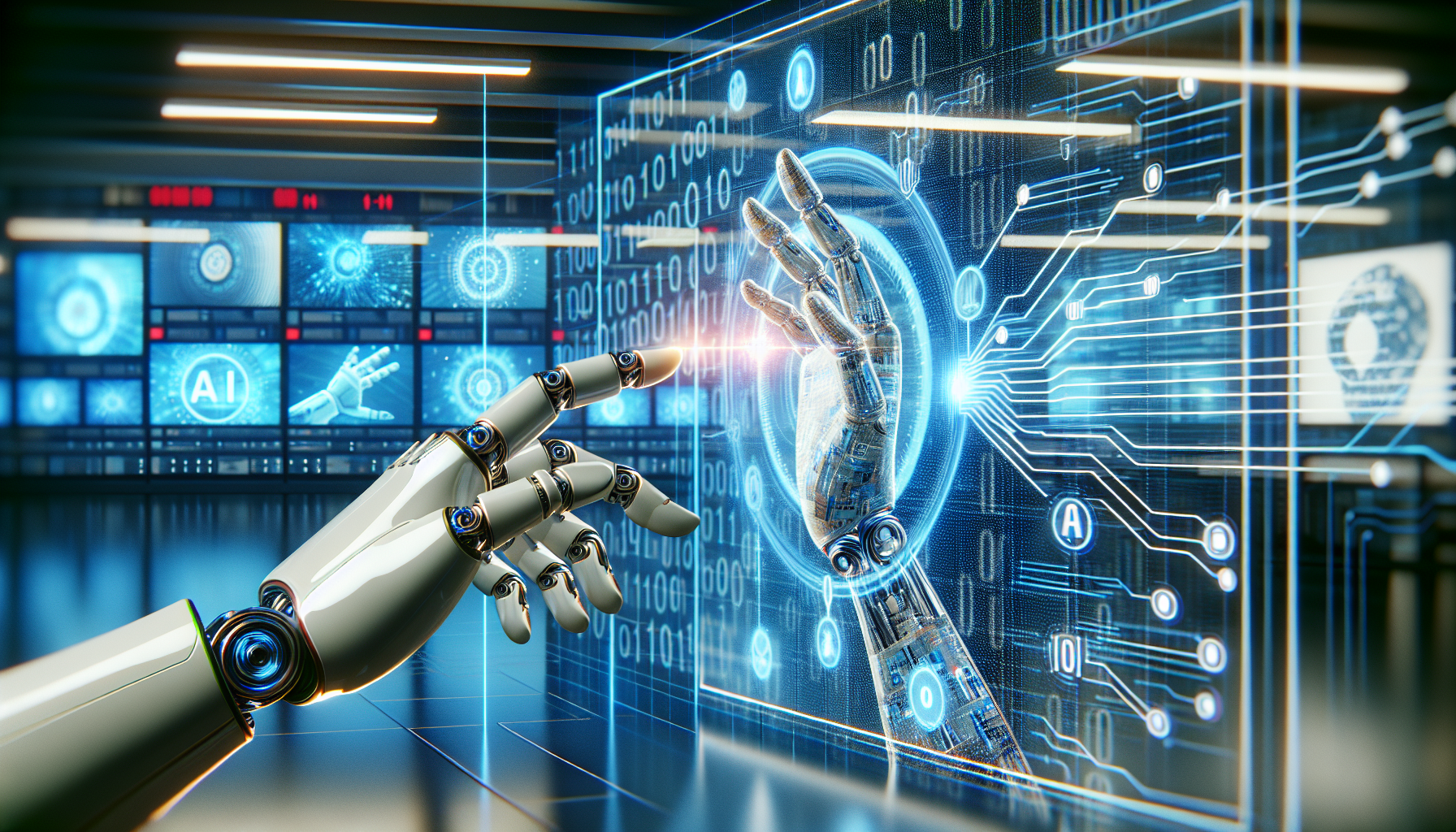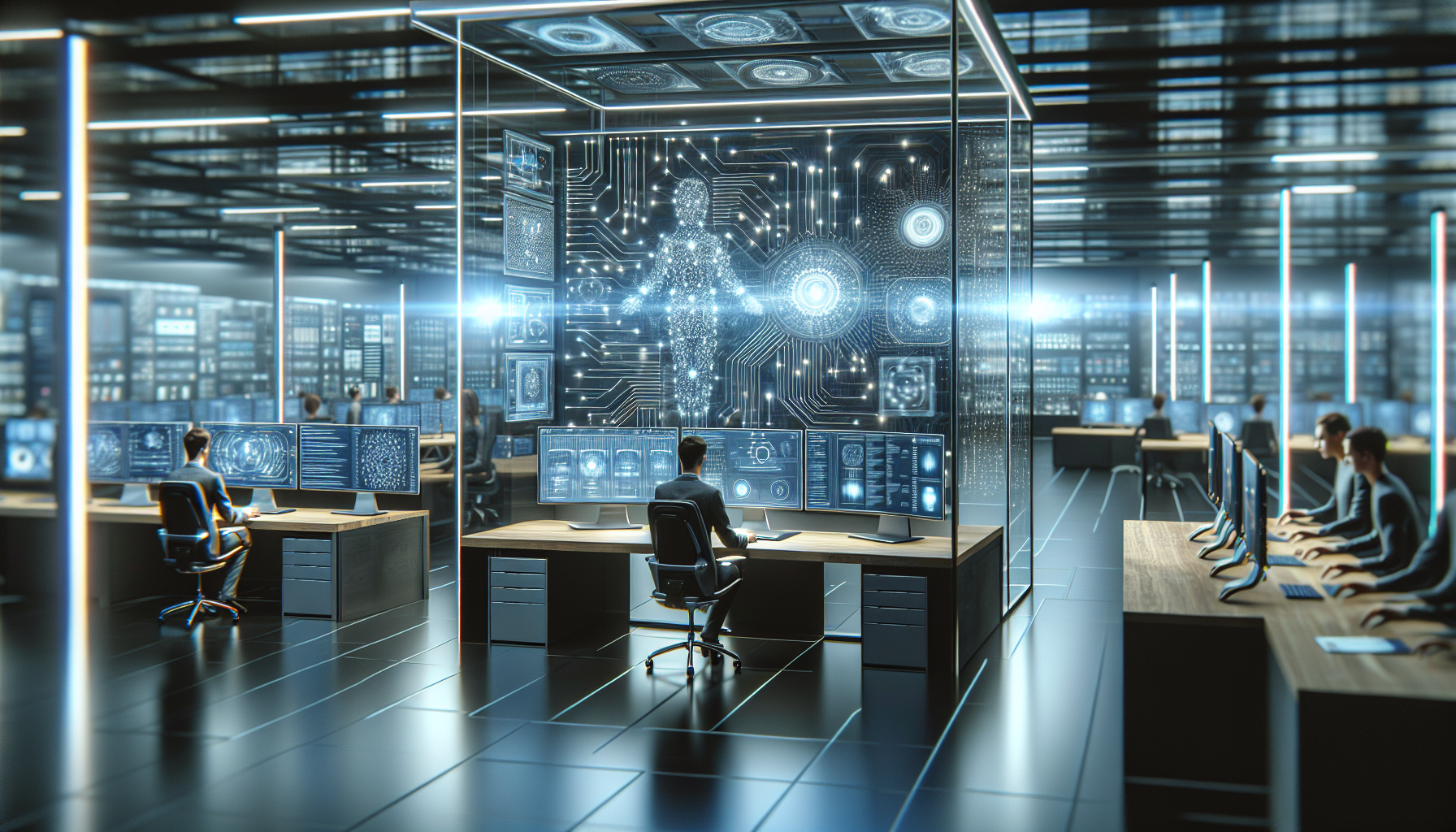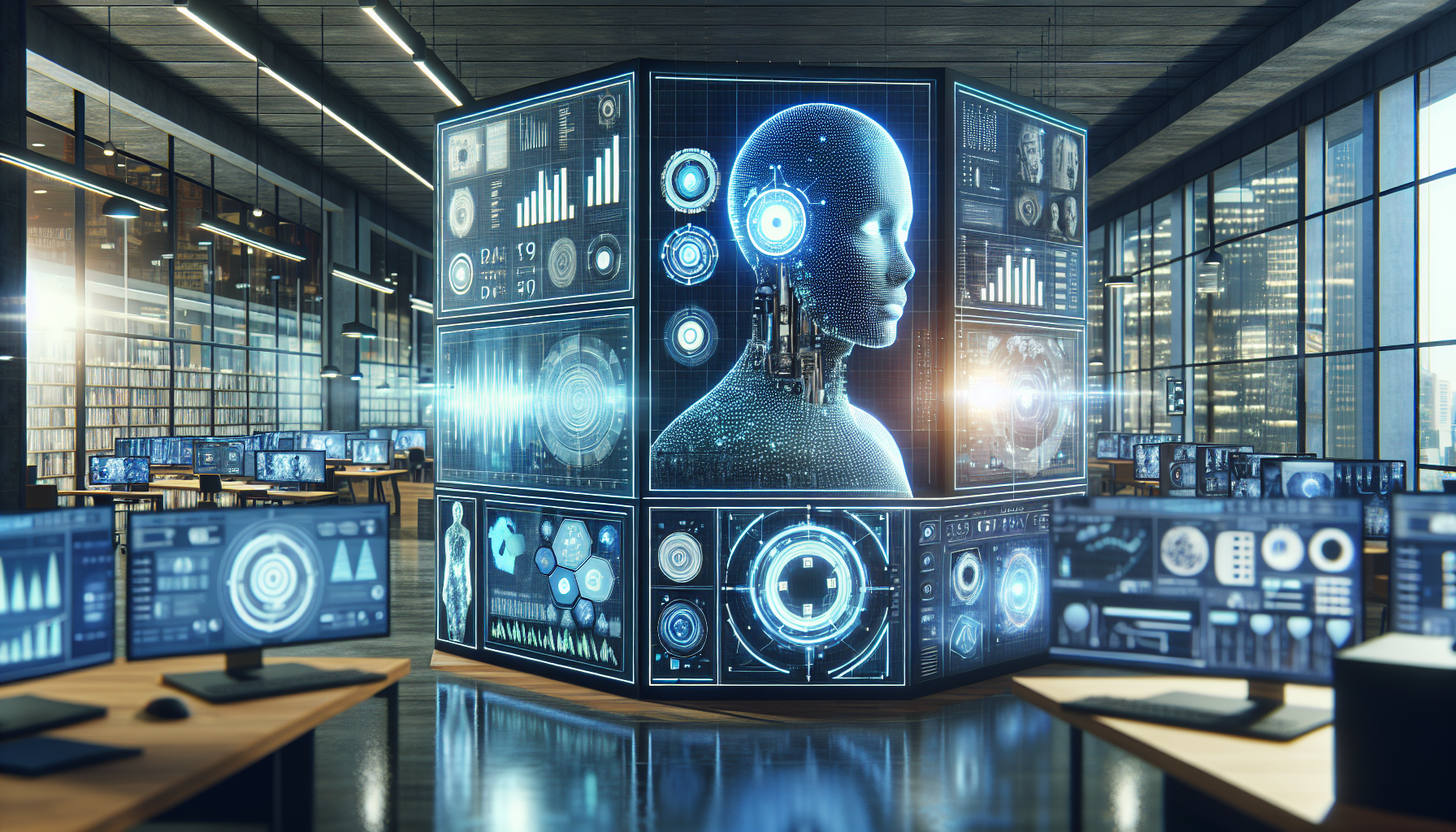
AI and Emotional Intelligence: A Historical Critique of Understanding Human Emotions
October 30, 2025
Artificial Intelligence, often hailed as the pinnacle of technological advancement, remains in many respects an enigma when it comes to understanding human emotions. As society continually integrates AI into everyday life, the question of whether machines can authentically interpret and respond to human emotions persists. The journey to imbue machines with emotional intelligence is fraught with challenges, many of which stem from historical attempts that reveal more about human limitations than machine capabilities.
At its core, emotional intelligence in AI posits the ability to recognize, interpret, and respond to emotional cues. This notion, however, is not as modern as it seems. Historical endeavors to teach machines to "feel" date back to the early dreams of computing pioneers. These visionaries imagined a future where machines could emulate human-like interactions, yet their efforts often underestimated the complexity of human emotions.
One of the most significant hurdles has been the simplistic view of emotions themselves. Early models of emotional intelligence in AI treated emotions as binary or easily quantifiable phenomena. This reductionist approach failed to capture the nuances and depth inherent in human emotional experiences. Such models might have been sufficient for basic interactions but fell short in understanding the intricate tapestry of human feelings, which are influenced by cultural, social, and psychological factors.
For instance, the historical reliance on facial recognition technologies to gauge emotions is a prime example of an oversimplified solution. While a smile or frown might indicate happiness or displeasure, these expressions can be deceptive. Cultural differences can alter the interpretation of these expressions, leading to misjudgments by AI systems. The belief that emotions can be universally decoded by machines underscores a naivety that persists in the field.
Moreover, the early AI systems often neglected the context in which emotions occur. Emotions do not exist in a vacuum; they are deeply intertwined with the environment, interpersonal relationships, and individual histories. The failure of AI to account for these contextual variables highlights a critical oversight in historical efforts. Machines that were once thought to be on the brink of emotional understanding have repeatedly demonstrated an inability to grasp the subtleties that even young children can comprehend.
As AI continues to evolve, it is crucial to examine the historical patterns of anthropomorphizing machines. There is an inherent danger in imbuing AI with emotional attributes that they do not genuinely possess. This anthropomorphism can lead to misplaced trust and expectations, which are particularly perilous in contexts such as healthcare or autonomous vehicles, where emotional understanding could be crucial.
Furthermore, the ethical implications of pursuing emotionally intelligent AI have been a topic of contention. Historical approaches often overlooked the potential consequences of machines that could manipulate human emotions. The power dynamics at play when a machine can predict or influence human behavior are profound and warrant a critical examination. If AI systems are designed to respond to emotions, who controls these responses, and to what end? These are questions that have remained largely unanswered.
Despite the challenges and historical missteps, the quest for emotionally intelligent AI is not without merit. There have been advancements that reflect a more nuanced understanding of emotions, such as the integration of multi-modal data processing that considers voice, text, and facial expressions together. However, these advancements are still in their infancy, and the path forward is riddled with complexities.
As we forge ahead, it is imperative to reflect on the lessons from history. Embracing a more holistic and interdisciplinary approach to AI development could bridge the gap between technology and emotional intelligence. Collaborations across fields such as psychology, neuroscience, and sociology could yield a more comprehensive understanding of emotions, one that AI can potentially emulate in a meaningful way.
In the end, the historical pursuit of emotionally intelligent AI serves as a cautionary tale. It reminds us that while technology can mimic certain aspects of human behavior, the essence of emotional understanding may remain beyond its grasp. As we stand on the precipice of further AI integration into society, it is worth pondering whether the pursuit of machines that "feel" is a testament to human ingenuity or a reflection of our own emotional insecurities. What does it say about us that we strive to create machines in our own emotional likeness? The answer to this question may reveal more about our aspirations and limitations than we care to admit.


